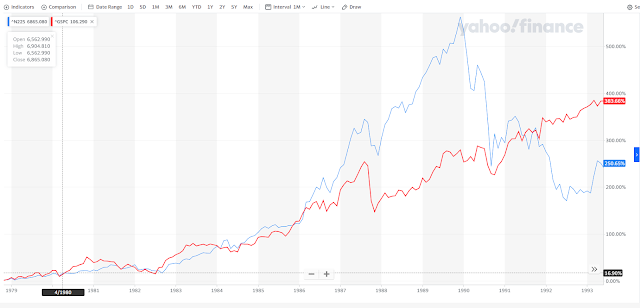My monitoring process includes reviewing dividend increases every week. This is a helpful exercise in reviewing existing investments, but also in uncovering new ideas for further research.
Companies decide on the rate and increase in dividends, after a careful evaluation of business needs, growth plans, the economy and opportunities.
Dividend increases provide an indication of managements conviction in the near-term prospects of the business and the stability of its cash flows. An increase in the cash dividend reflects confidence in the prospects for the business. It also shows a commitment to return excess cashflows to shareholders.
In my reviews, I typically focus on the companies that have managed to increase annual dividends for at least a decade. Over the past week, there were five such companies that increased dividends to shareholders:
The company raised quarterly dividends by 4.40% to $0.94/share. This marked the 53rd year of consecutive annual dividend increases for this dividend king. Over the past decade, the company has managed to grow dividends at an annualized rate of 8.40%.
The stock sells for 9.60 times forward earnings and yields 7.76%.
Atrion Corporation (ATRI) develops, manufactures, and sells products for fluid delivery, cardiovascular, and ophthalmology applications in the United States, Canada, Europe, and internationally.
The company raised quarterly dividends by 10.30% to $2.15/share. This marked the 19th consecutive year of annual dividend increases for this dividend achiever. Over the past decade, the company has managed to grow dividends at an annualized rate of 15.10%.
The stock sells for 33.06 times forward earnings and yields 1.22%.
EastGroup Properties, Inc. (NYSE: EGP), an S&P MidCap 400 company, is a self-administered equity real estate investment trust focused on the development, acquisition and operation of industrial properties in major Sunbelt markets throughout the United States with an emphasis in the states of Florida, Texas, Arizona, California and North Carolina.
The REIT hiked its quarterly dividends by 13.60% to $1.25/share. This is the eleventh consecutive year of annual dividend increases for this dividend achiever. Over the past decade, the company has managed to grow dividends at an annualized rate of 4.60%.
The stock sells for 24.83 times forward FFO and yields 2.39%.
First American Financial Corporation (FAF) provides financial services. It operates through Title Insurance and Services, and Specialty Insurance segments.
The company raised its quarterly dividend by 2% to $0.52/share. This is the twelfth consecutive year of annual dividend increases for this dividend achiever. Over the past decade, the company has managed to grow dividends at an annualized rate of 23.20%. The five year rate is 10.10% however. The company achieved this high rates of dividend growth, because it initiated dividends at a low payout ratio 12 years ago. It's important to not expect high rate of dividend growth to continue for companies in the initial phase of dividend growth.
The stock sells for 9.27 times forward earnings and yields 3.52%
Northrim BanCorp, Inc. (NRIM) operates as the bank holding company for Northrim Bank that provides commercial banking products and services to businesses and professional individuals. It operates in two segments, Community Banking and Home Mortgage Lending.
The company increased dividends by 22% to $0.50/share. This is the 13th year of consecutive annual dividend increases for this dividend achiever. Over the past decade, the company has managed to grow dividends at an annualized rate of 11.60%.
The stock sells for 8.53 times forward earnings and yields 3.90%.
Relevant Articles:
- Five Companies Rewarding Shareholders With Raises
- Six Dividend Growth Stocks Rewarding Shareholders With a Raise
- Twelve Companies Committed to Returning More Profits to Shareholders
- 15 Dividend Paying Companies Raising Dividends Last Week








